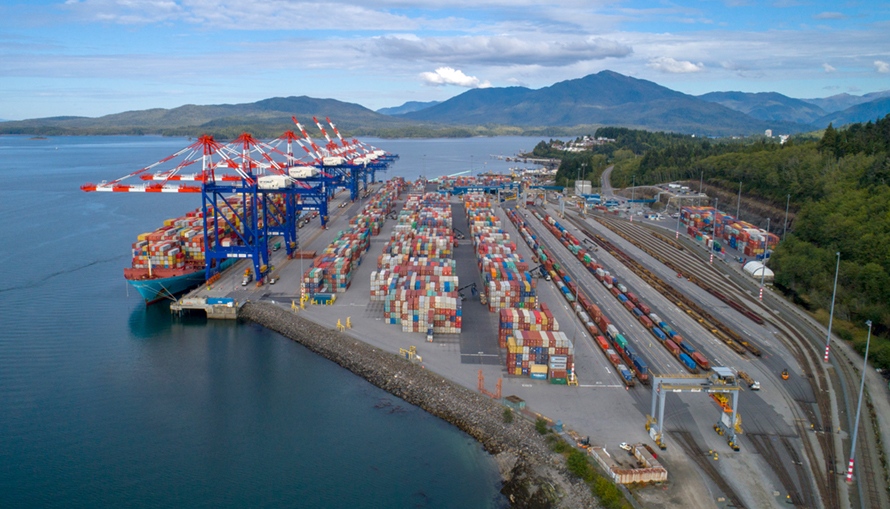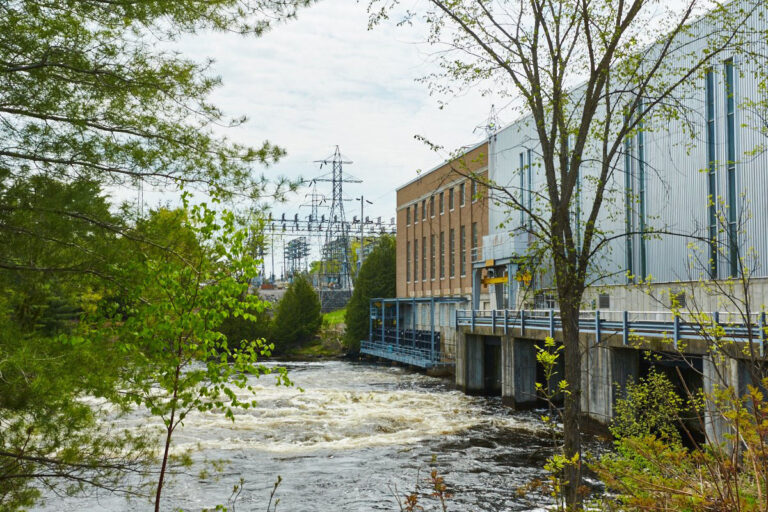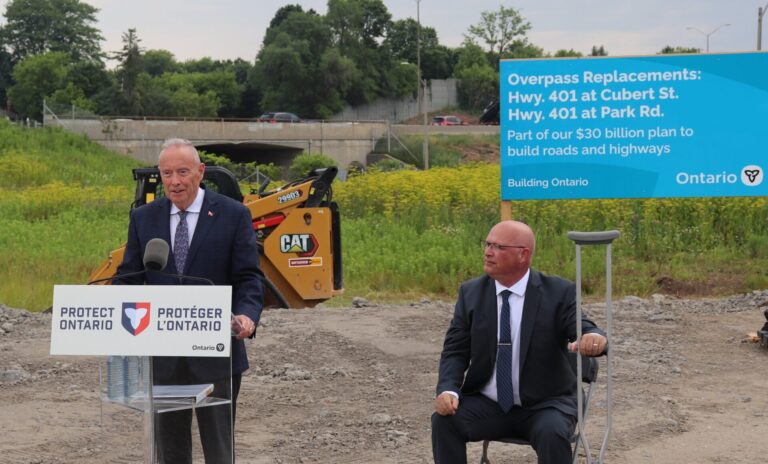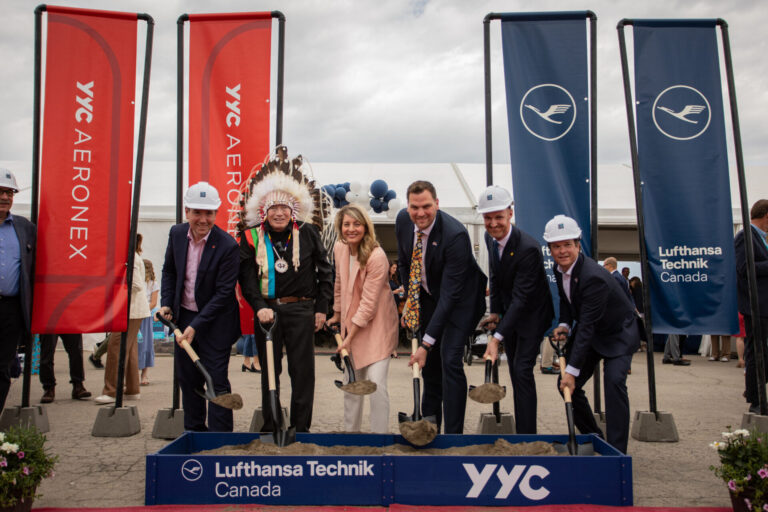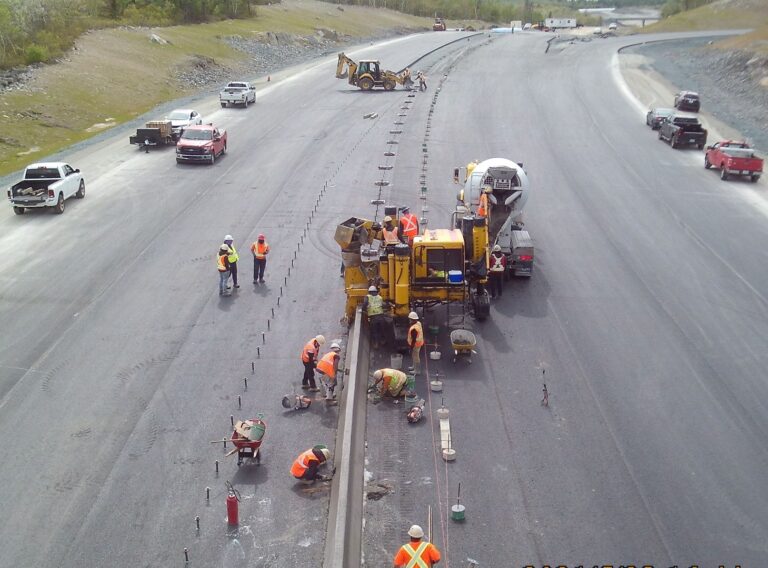Recent events such as the COVID pandemic, natural disasters and border blockages have exposed long standing vulnerabilities in Canada’s supply chain corridor and pushed the issue to the top of the public agenda as cars, bikes and furniture are in short supply.
A new report from the Canada West Foundation (CWF) suggests Canadians are starting to notice what our country’s trading partners have known for a decade – Canada’s trade infrastructure system has fallen behind.
Shovel Ready to Shovel Worthy: The path to a national trade infrastructure plan for the next generation of economic growth tells a story of declining confidence in Canada’s trade infrastructure by the local producers who rely on it, the national logistics industry that uses it, and international investors seeking returns.
“Our work shows competitor countries with well-established national plans are out-performing Canada. Drawing on the best elements of these plans and our program successes offers Canada a shortcut back to trade infrastructure excellence,” said John Law, CWF Fellow and former president of the Transportation Association of Canada and chair of the Canadian Council of Deputy Ministers Responsible for Transportation and Infrastructure.
The report contains data that shows:
- From 2009 to 2019, Canadians’ confidence in our infrastructure fell from 10th to 26th globally.
- 90 per cent of Canadian executives said aging supply chain infrastructure and insufficient capacity were the top challenges in our transportation industry.
- Compared to the U.S. and China, international investor confidence in Canada has steeply declined.
“For a country that relies on trade for over two-thirds of its GDP, getting trade infrastructure right is the key to enabling economic prosperity, a green transition, managing environmental challenges and COVID recovery,” said Carlo Dade, director, Centre for Trade and Investment, Canada West Foundation. “Based on eight years of research, convening and consultation this report offers a path for Canada to return to the top of global trade infrastructure rankings and restore confidence to worried foreign customers.”
The report contains seven recommendations for how Canada can replace funding for shovel-ready projects with more worthy investment in the equipment, facilities and infrastructure necessary to grow our trade economy. It suggests solutions can be found by looking to Canada’s international competitors and revisiting domestic infrastructure investments that have fallen away over the last decade.
“Canada’s infrastructure must be a genuine investment that is based on clear priorities and measurable economic returns. As we plan new critical infrastructure to move our people and goods, we need to build for the future and not simply address today’s needs. Above all, we require approval processes that are transparent and fair, but that also allow projects to be undertaken much more quickly and efficiently. We must act now to ensure Canada does not fall further behind our competition,” said Perrin Beatty, president and CEO, Canadian Chamber of Commerce.
“Unfortunately, confidence in the reliability of Canada’s trade corridor infrastructure to deliver the quality products that it produces has been trending in the wrong direction at a time when it is needed most. This has been a ‘lost decade’ for investment in export capacity – equipment, facilities and the public infrastructure necessary to produce and transport goods to global growth hot-spots. The CWF report lays out a path to fix this.” said Peter Hall, former chief economist, Export Development Canada.
Featured image: B.C.’s Port of Prince Rupert. (Prince Rupert Port Authority)

